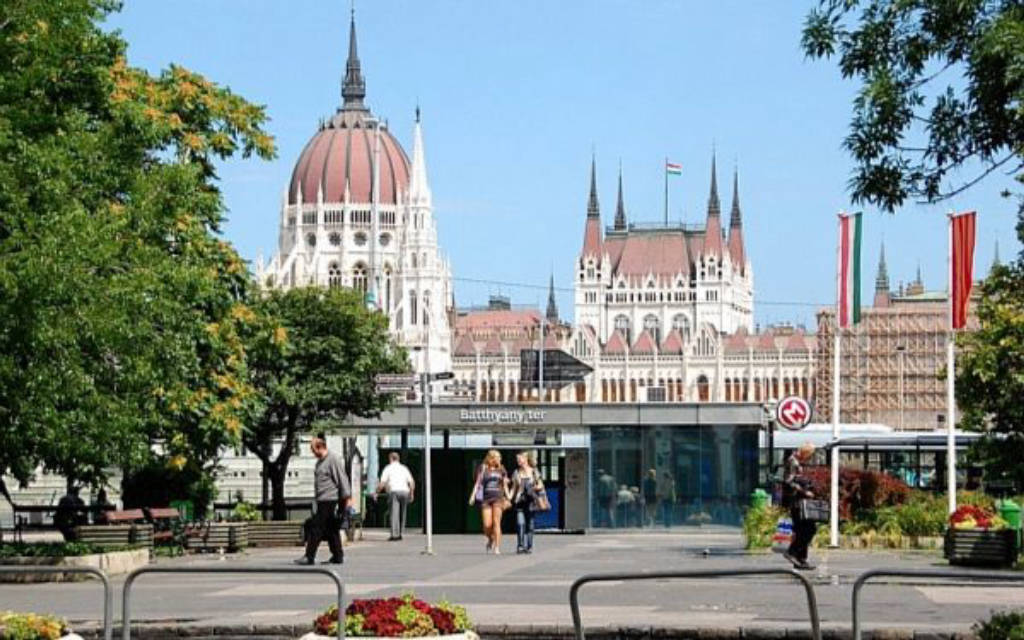Named after Lajos Batthyány, the first Prime Minister of Hungary who was executed in 1849, the square carries a profound political resonance. Its proximity to the Hungarian Parliament Building, one of Budapest's iconic landmarks, amplifies its role as a central hub for political and civic activities.
Architecturally, Batthyány Square boasts a diverse landscape. The Batthyány Square Metro Station, a major transportation hub, showcases modern design and functionality. Surrounding buildings contribute to the square's charm with a mix of architectural styles, blending historic structures with contemporary elements.
Beyond its political and architectural significance, the square serves as a cultural and social focal point. Its location along the Danube River offers picturesque views and a serene atmosphere. The riverfront, complemented by recreational spaces, invites locals and visitors to enjoy leisurely walks and various activities.
Batthyány Square is not just a transportation nexus; it's a dynamic cultural space. Markets and cultural events held in the square enhance its vibrancy, providing opportunities for social interaction and community engagement. The square becomes a lively backdrop for festivals, gatherings, and celebrations, contributing to Budapest's cultural tapestry.
Moreover, Batthyány Square facilitates access to Buda Castle through the Buda Castle Funicular. This historic cable railway offers a scenic ascent to Buda Castle, adding another layer to the square's role as a gateway to Budapest's historic and cultural landmarks.
In essence, Batthyány Square encapsulates the essence of Budapest—a city where history, politics, architecture, and culture converge in a harmonious blend. Whether for political reflections, architectural appreciation, or cultural festivities, Batthyány Square stands as a versatile and integral part of Budapest's urban landscape.
 Register
RegisterSign in Travel Agent
Sign in Supplier
Sign in Affiliate
Sign in Guru



 Veszprém, Budapest út, 8200 Hungary
Veszprém, Budapest út, 8200 Hungary